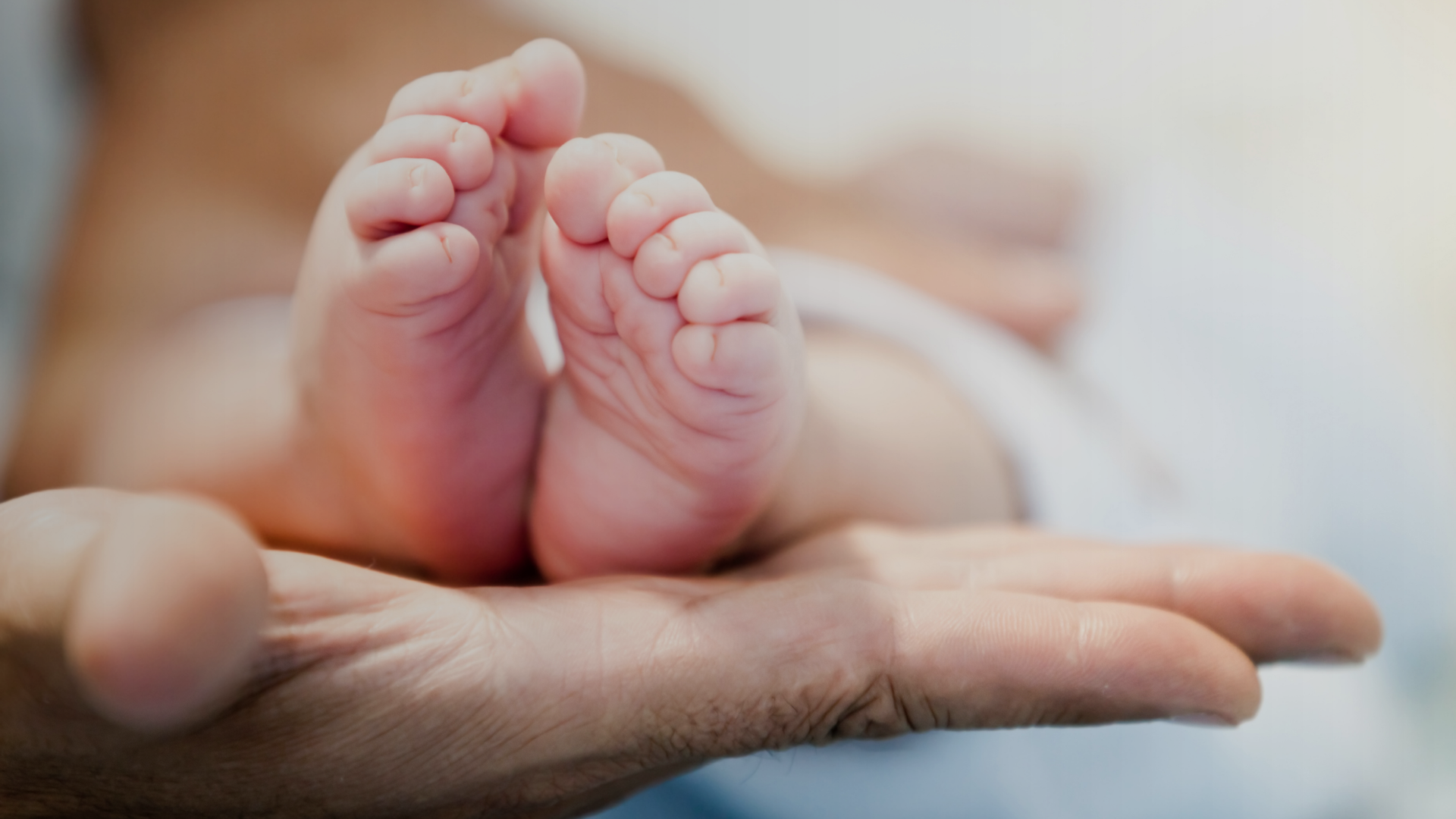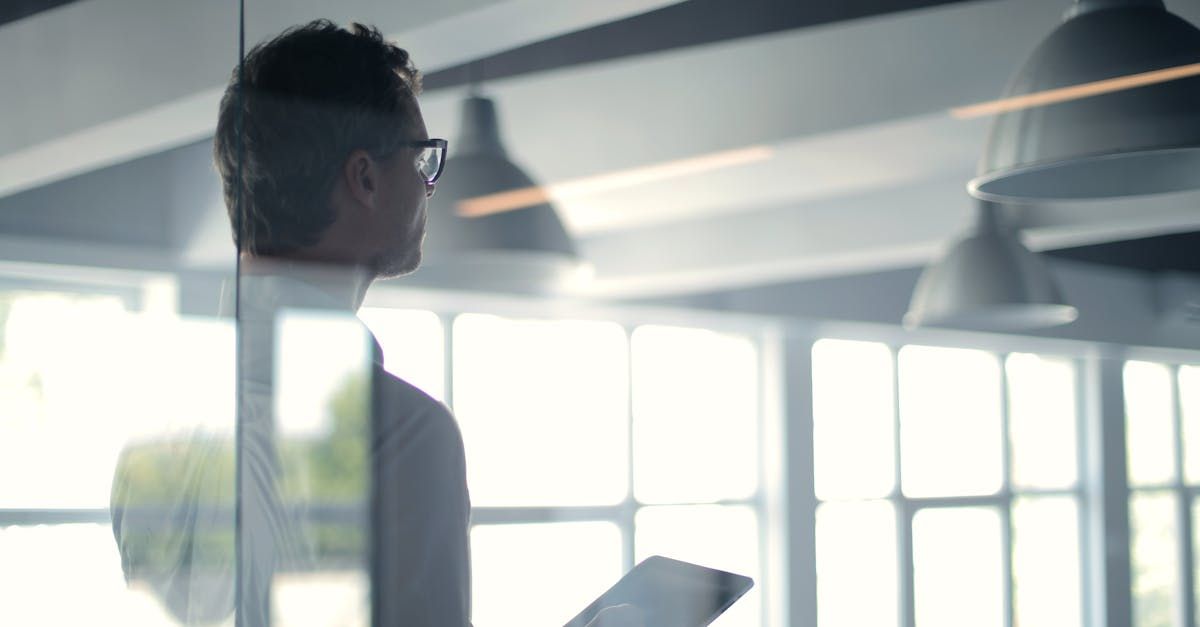Hospitals can no longer focus exclusively on assigning the correct MS-DRG as value-based care (VBC) demands a more comprehensive approach that centers on complete, specific, and accurate documentation and coding. Reimbursement, quality rankings, and publicly reported outcomes now rely on data integrity at the patient level.
The Shift to Value-Based Care
Value-based care prioritizes quality over quantity. Payment models reward outcomes, care coordination, and patient experience rather than volume of services, and this transformation is reshaping inpatient payment strategies. According to CMS, over 90% of Medicare Advantage enrollees are now in plans that include some form of value-based payment model (CMS, 2023). Programs such as the Hospital Value-Based Purchasing (VBP) program adjust hospital reimbursement based on performance in key domains: mortality, safety, patient experience, and efficiency.
Under the VBP program, CMS withholds 2% of base DRG payments and redistributes those funds based on performance scores (CMS VBP, 2024). Hospitals that perform well receive a net increase in payments and those that underperform lose a portion of their DRG reimbursement. These performance scores also feed into the CMS Star Ratings, impacting public perception, competitive standing, and contract negotiations with commercial payers.
The Role of Accurate Coding
Coding accuracy is foundational to success in value-based models. Accurate codes support appropriate reimbursement, enable risk adjustment, and fuel quality improvement efforts. They also ensure complete and defensible clinical documentation. Inaccurate or incomplete coding can exclude key diagnoses from risk models, skewing expected outcomes and exposing hospitals to financial penalties or public underperformance.
Understanding Risk Adjustment
Risk adjustment allows payers to compare patient outcomes across hospitals fairly by accounting for differences in patient acuity and comorbidities. CMS uses tools such as the Elixhauser Comorbidity Index to assess 30-day mortality, readmissions, and safety events. Diagnoses must be coded correctly and tagged as Present on Admission (POA) to be included. The mortality domain under the CMS Stars program includes seven metrics and evaluates all-cause mortality within 30 days. According to CMS, more than 3,000 hospitals receive mortality scores based on risk-adjusted data derived from claims and coded diagnoses (CMS Hospital Compare, 2024).
Risk adjustment also influences private payers and rankings. U.S. News & World Report hospital rankings and Leapfrog scores incorporate risk-adjusted data derived from coded information. Missing a chronic condition like COPD, CKD, or diabetes may not impact the DRG but could dramatically alter performance scores and ranking outcomes.
CDI, Coding, and Strategic Impact
Clinical Documentation Integrity teams must prioritize specificity and relevance to risk models. This includes expanding review focus to non-mortality domains such as readmissions and complications. Coders and CDS specialists should be equipped to query not only for DRG optimization but also for clinical accuracy and data completeness.
Hospitals that invest in this strategy see results. According to the AHIMA Foundation, hospitals with strong CDI programs report an average increase in captured comorbid conditions of 25–30%, resulting in improved risk scores, quality metrics, and reimbursement (AHIMA CDI Impact Study, 2023).
Real World Example
Consider the following inpatient scenario:
A patient is admitted with new-onset atrial fibrillation (A-fib) that triggers acute congestive heart failure (CHF). Both conditions are evaluated, treated, and monitored during the admission. The provider documents both diagnoses clearly in the record, and clinical indicators support the acuity of each.
At the coding level, two principal diagnosis (PDX) options are clinically valid:
- I48.91 (Unspecified atrial fibrillation) results in DRG 310, with a relative weight of 0.553 and a reimbursement of approximately $4,736
- I50.9 (Unspecified heart failure) results in DRG 293, with a relative weight of 0.5615 and a reimbursement of approximately $4,795
- Although CHF offers a slightly higher payment, it carries added risk in value-based care programs. Coding CHF as the PDX places this case in the CMS Heart Failure 30-Day Readmission Cohort, which is publicly reported and directly impacts a hospital’s readmission scores and star ratings. Coding A-fib, by contrast, avoids triggering that metric.
Key takeaway for coders: Don’t make DRG assignment decisions in isolation. Collaborate with CDI and quality teams to understand downstream implications. Even small DRG differentials may lead to long-term financial risk if they adversely impact quality metrics. Be aware of cohort inclusion criteria tied to mortality, complications, and readmissions when selecting the principal diagnosis.
When both conditions meet criteria for PDX, and documentation supports either as the focus of care, coders must weigh the immediate DRG return against long-term quality exposure. Query for specificity when it may influence cohort inclusion or risk adjustment, not just DRG grouping.
From Code Assignment to Strategic Impact
In today’s value-based care environment, coding professionals play a strategic role in shaping financial outcomes, quality performance, and public reporting. Accurate, complete, and specific coding is no longer just about selecting the highest-paying DRG. It is about capturing the full complexity of the patient’s condition, supporting risk adjustment models, and influencing quality domains that determine reimbursement, ratings, and reputation. Coders and CDI teams must operate as clinical and operational stewards, ensuring documentation supports both the clinical reality and the evolving expectations of payers and regulators. The future of hospital success depends on how precisely and thoughtfully each case is coded.
Sources
- Centers for Medicare & Medicaid Services. “Hospital Value-Based Purchasing Program.” CMS.gov
- CMS Star Ratings Fact Sheet. “Overall Hospital Quality Star Rating.” CMS.gov
- AHIMA Foundation. “CDI Program Impact Report.” 2023. AHIMA.org
- Centers for Medicare & Medicaid Services. “2024 Medicare Advantage and Part D Rate Announcement.” CMS.gov
- Agency for Healthcare Research and Quality (AHRQ). “Elixhauser Comorbidity Index.” AHRQ.gov













